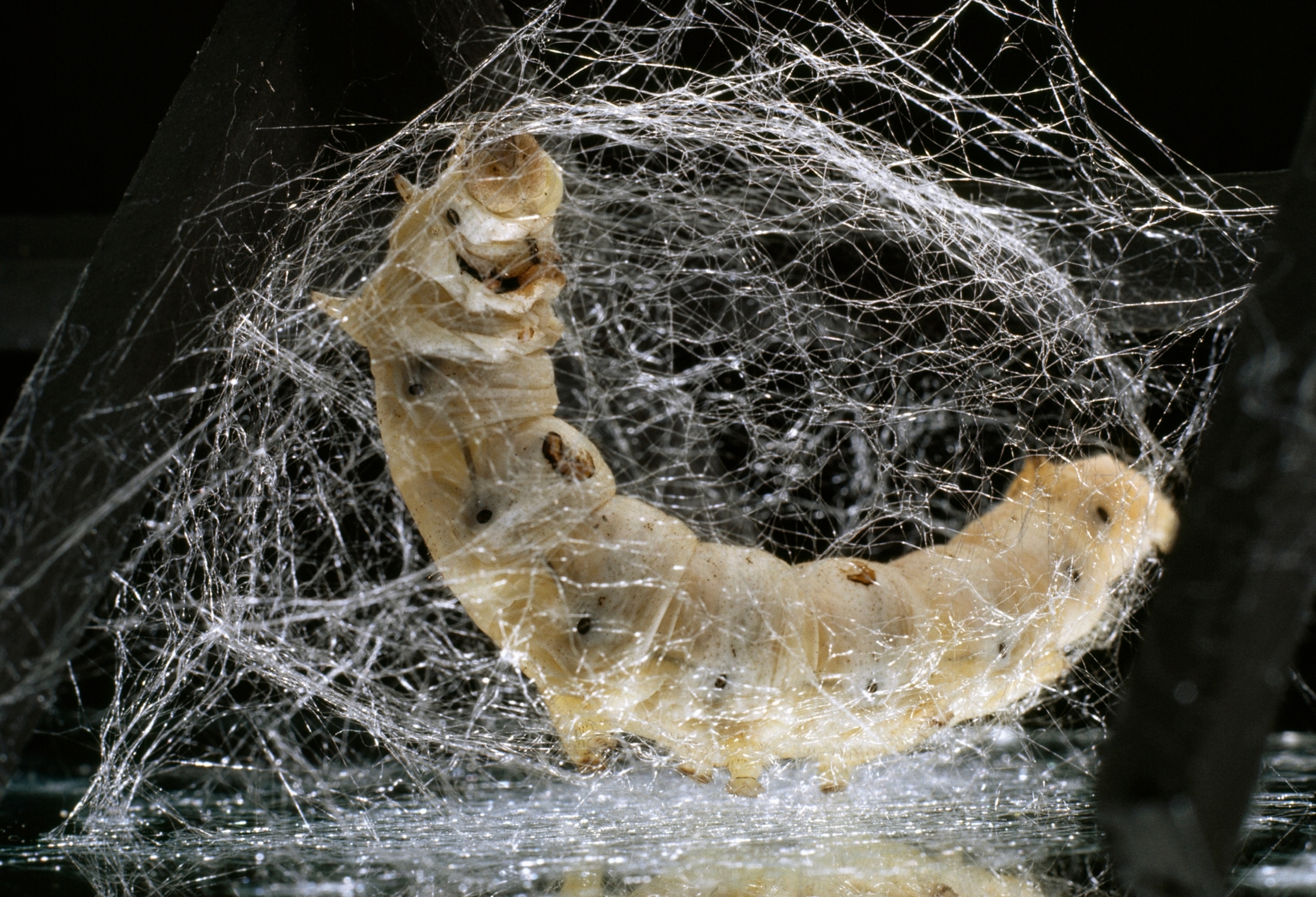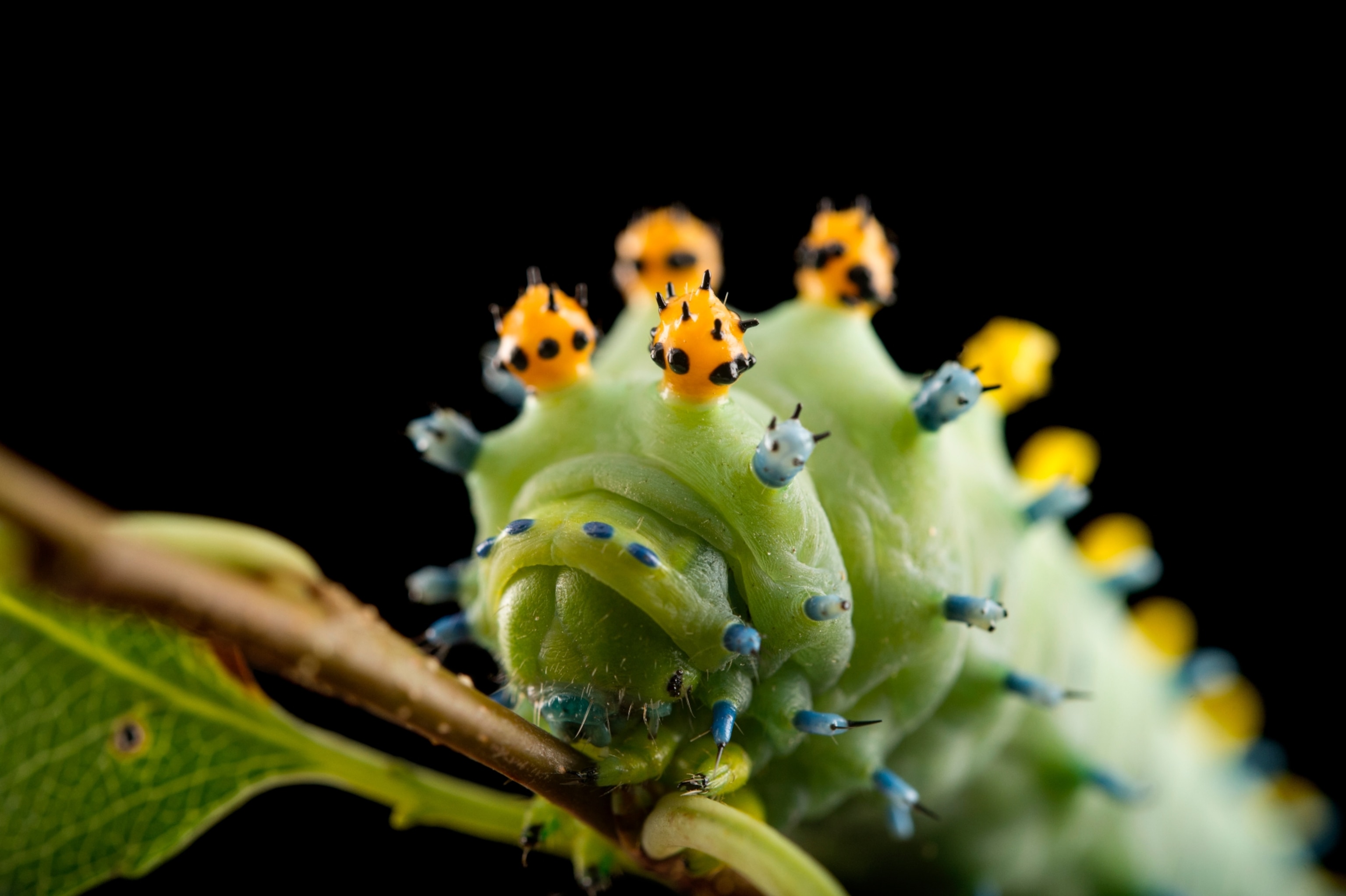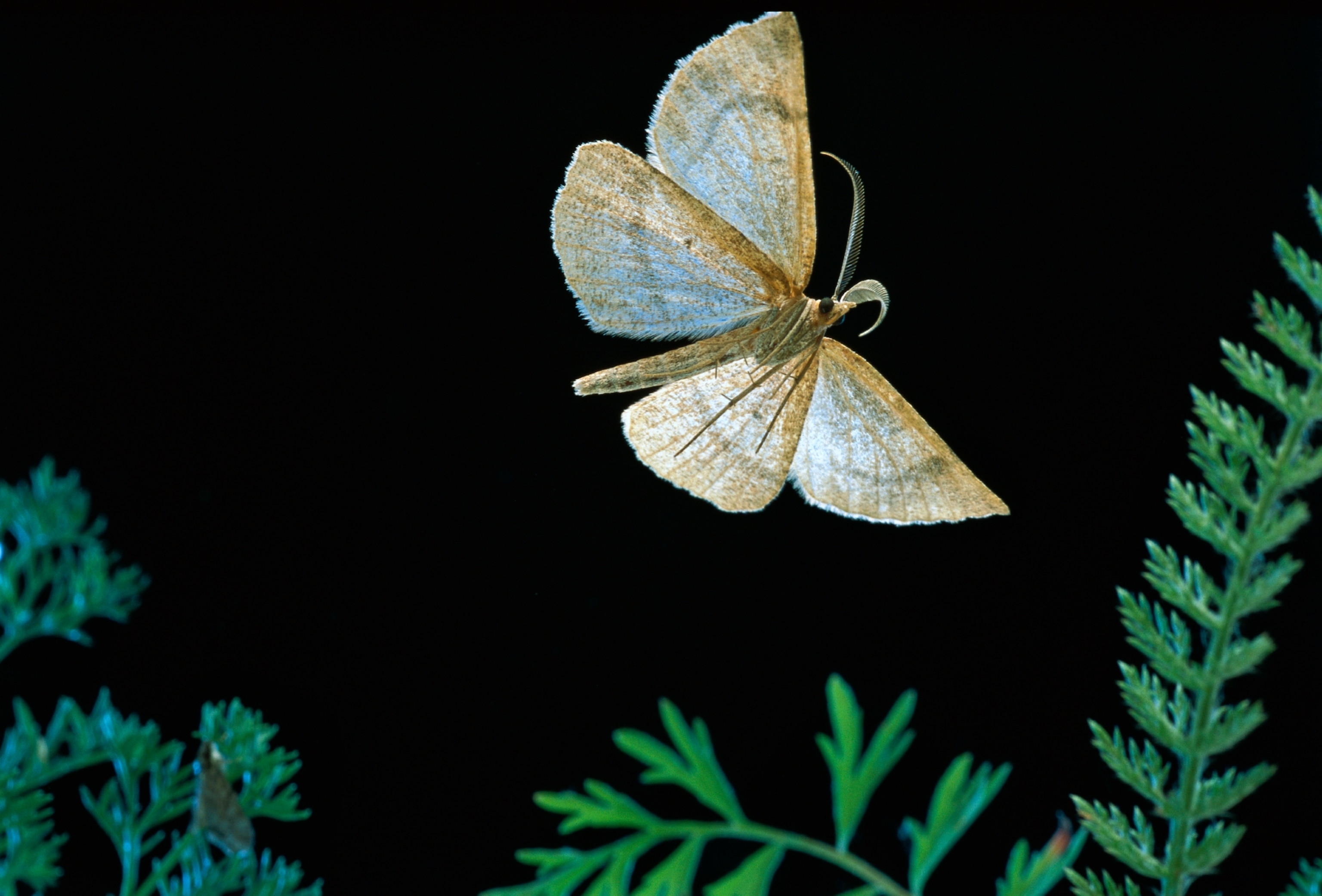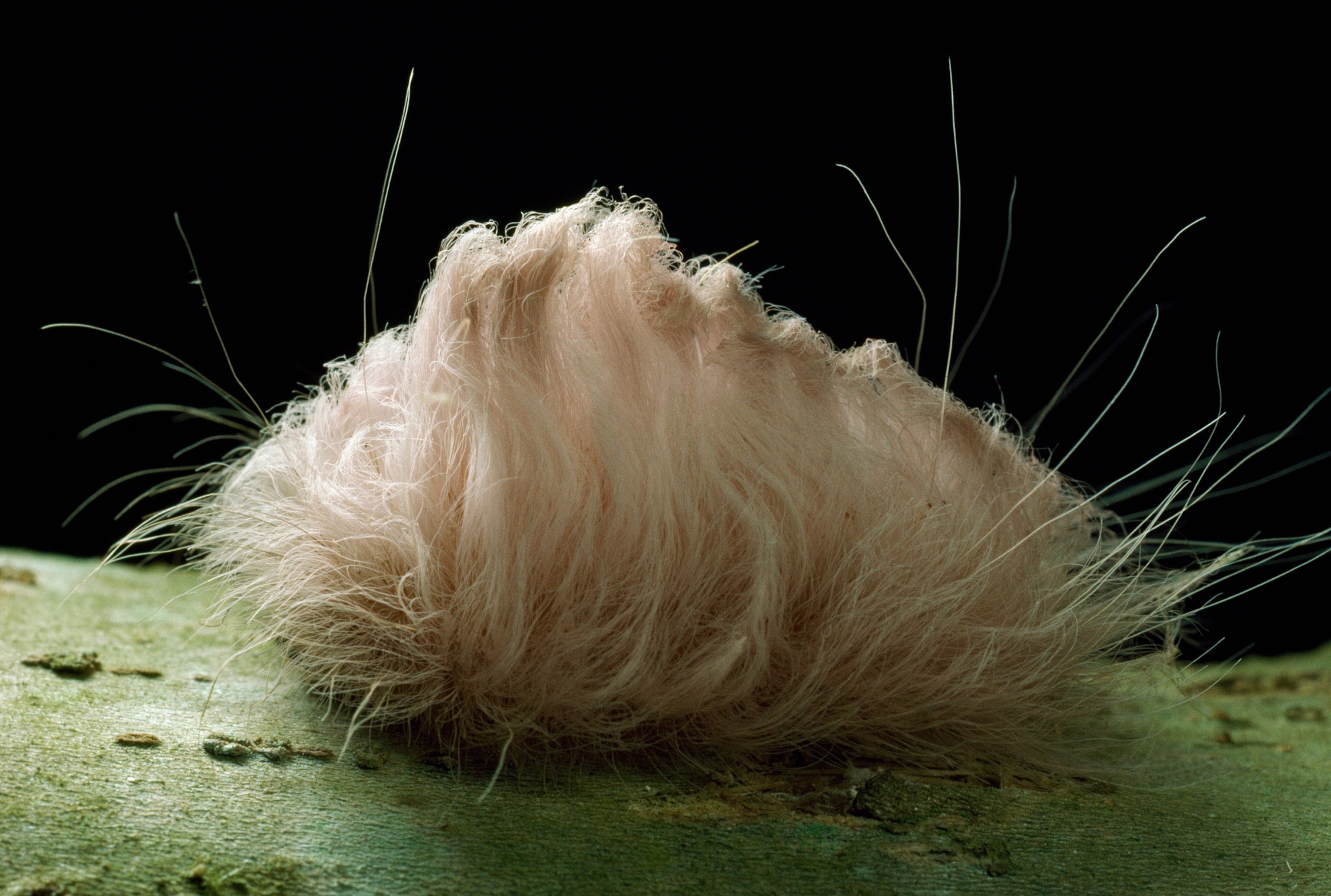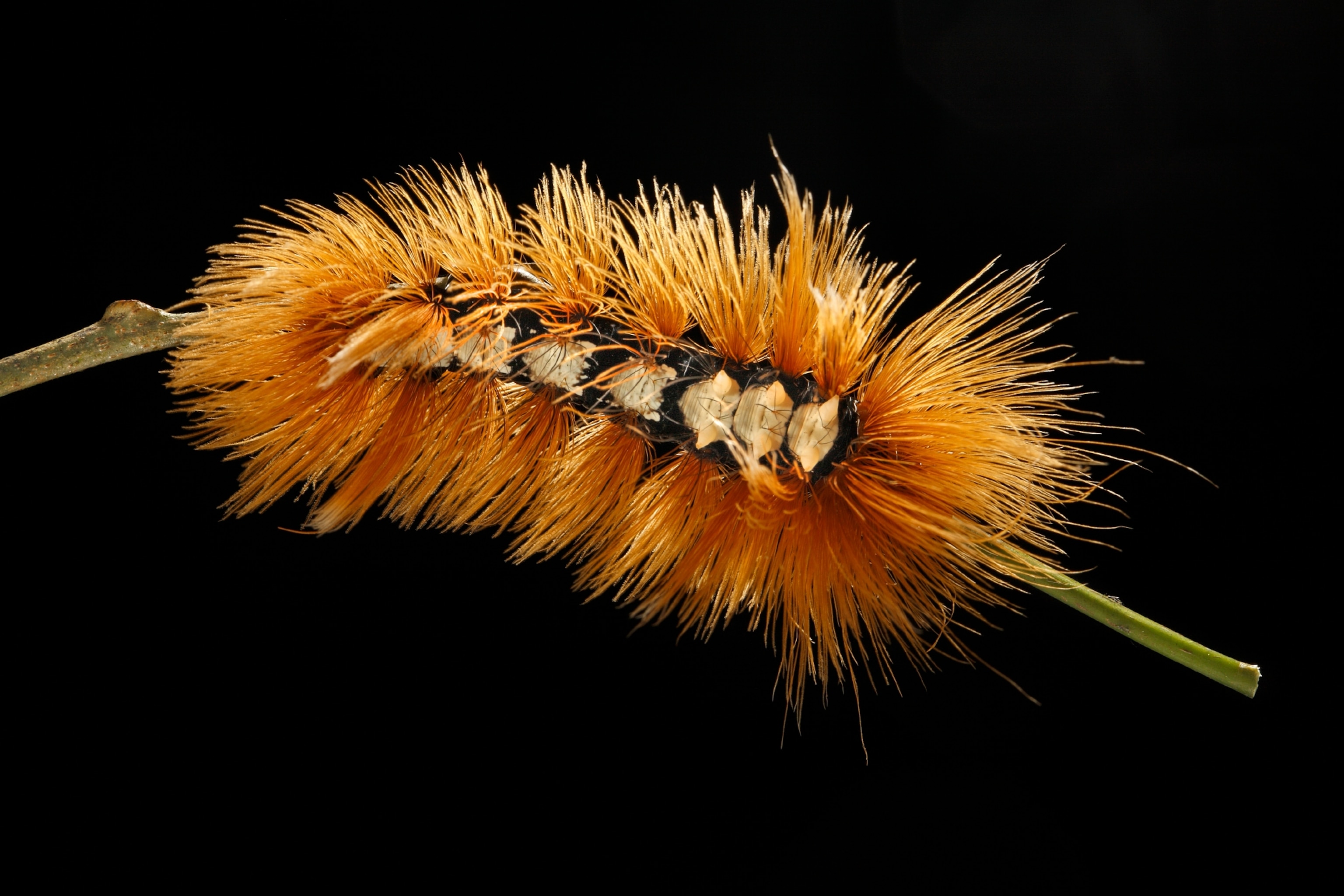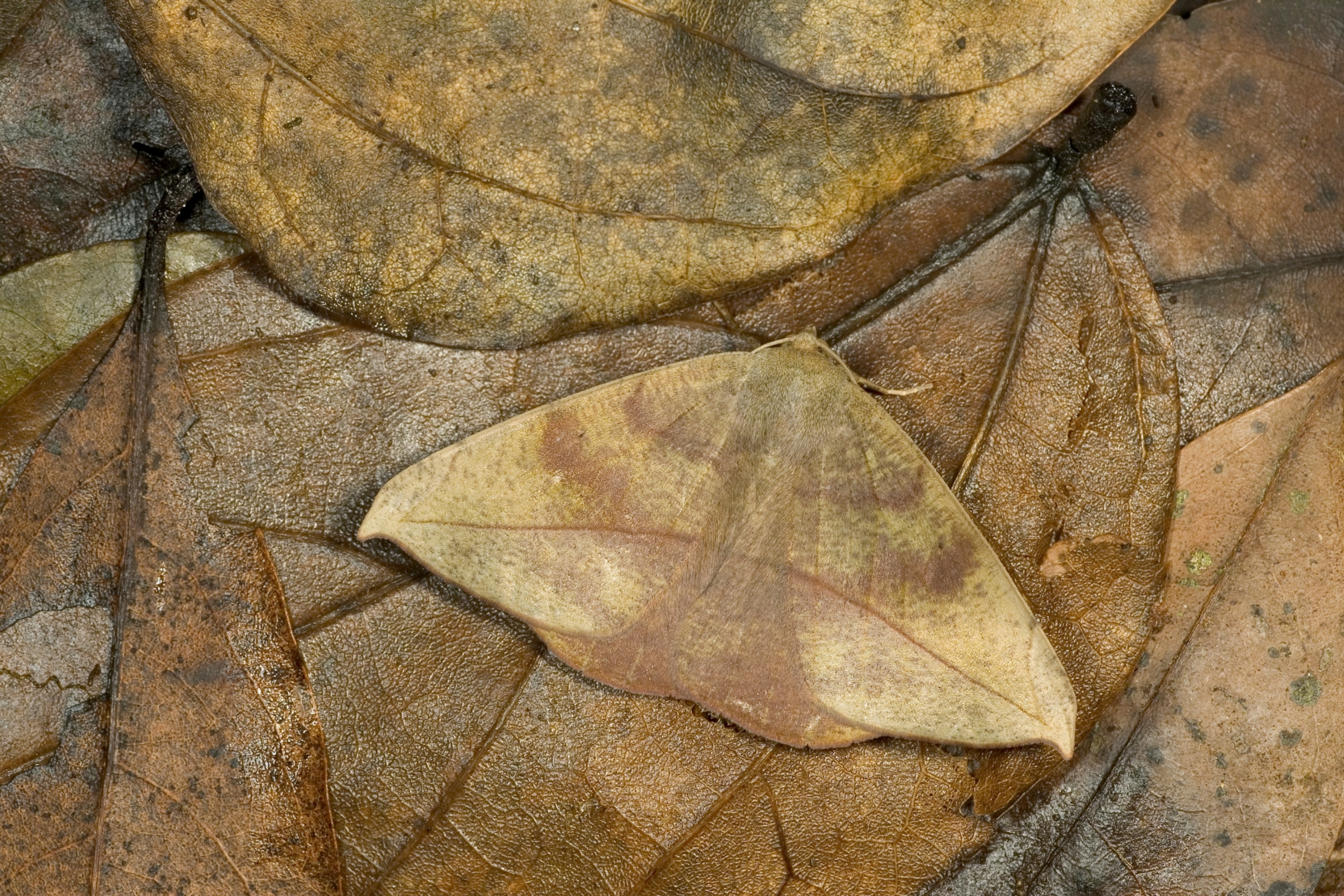15 Pictures of Adaptable, Beautiful, and Misunderstood Moths
This week, researchers want non-experts to go out and look at moths. There’s more to see than you might think.
National Moth Week begins on July 18. This annual event celebrates the misunderstood but magnificent moth.
During Moth Week, researchers encourage everyday citizens to go out at night and look at moths. This, organizers hope, will boost acceptance for insects that are otherwise unwelcome around homes, backyard gatherings, and anywhere wool coats are found.
Moths are among the most diverse creatures on Earth, with more than 150,000 species. And they boast a complexity in coloring that rivals the best of the butterflies.
These varieties and colors are part of moths’ complex array of defenses. Moths have many ways of protecting themselves. Some have complicated patterns. Others have stinging bristles. And some can even throw off bats’ sonar. "It's a classic predator-prey arms race," says Christopher A. Johns, doctoral student in the Kawahara Lab of Insect Systematics at the University of Florida.
Moth Week started casually in the summer of 2005 with a gathering in the New Jersey woods around a back-lit bedsheet. Now it draws participants in countries around the world. "We had tapped into…this incredible shared interest in moths," says David Moskowitz, co-founder of National Moth week.
Moth Week pushes appreciation of the maligned creatures and highlights their ecological significance. Moths are important pollinators, indicators of environmental health, and a plentiful food source.
From professionals and amateur moth enthusiasts—or "moth-ers"—everyone can take part. It can be "as simple as leaving your porch light on,” Moskowitz says.
Follow Maya Wei-Haas on Twitter.




